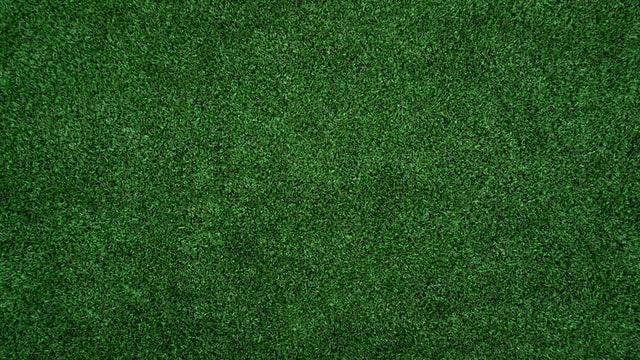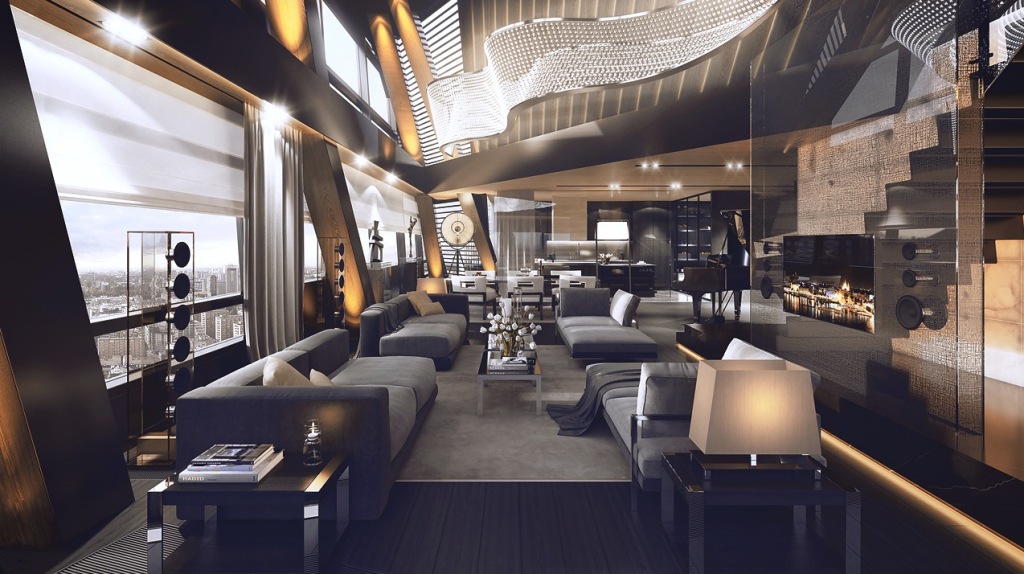Producing a green, thriving, healthy lawn takes much effort and hard work. For those living in an area with extreme temperatures or arid climates, it’s tough. Plus, there’s the concern over excessive water waste to keep the grass from dying out.
Being environmentally friendly is challenging with the chemicals required to maintain a lush, vibrant green color, not to mention keeping away the many pests and wildlife.
As a solution to all of these issues, more people are turning to alternatives to the natural grass in the form of synthetic (learn more here). Some regions, like desert areas, don’t have a choice.
They aren’t able to grow a natural lawn and desire a yard. The artificial variety is ideal in those climates. That’s not saying there aren’t downsides to the option as with natural grass.
Before homeowners make a decision, they need to look at the advantages and the downsides of transitioning to a synthetic yard. Let’s check some of these out.
Advantages And Downsides Of Transitioning To An Artificial Lawn
When living in a primarily desert region, the yards consist of sand. Many homeowners would love to be able to grow a natural lawn, but it won’t take in that kind of arid, sweltering climate. Fortunately, there’s an ideal option for residents of these areas with a synthetic alternative.
In using artificial grass, there’s no need to be outside in the blazing heat to care for the yard, but you still have the lovely curb appeal that a natural yard provides – and perhaps less sand being brought inside the house.
Still, it’s not just those locations that can benefit from the product. Anyone anywhere can transition their property away from the natural maintenance-intensive grass to the artificial lawn, seeing many advantages but a few downsides that need to be considered before fully committing. Go here for guidance on laying the artificial turf. Let’s look at a few of the pros and cons.
-
Pros
1. Curb Appeal
Everyone wants their home to look good from the street. One primary component that makes up a significant portion of the outdoor appearance is the landscaping, most of which is the grass. If you don’t keep natural grass nurtured, it turns brown or dies off, detracting significantly from the home’s appeal.
When applying artificial turf, the product stays green and appears healthy regardless of the climate. The material doesn’t fade in the intense sun, nor will the color dry out over time from wear.
If you prefer a different color from the standard, you can have a custom shade for the turf or even mix a few shades together to get a more natural lawn look. Then those visiting would have a hard time discerning whether it was real or synthetic.
2. Maintenance-free
A natural lawn requires much time and effort nurturing the grass with chemicals, watering, mowing to ensure it stays healthy, strong, and attractive. It can take an entire weekend working in a garden (depending on its size) to get everything trimmed, fed, and watered, with the process needing to be repeated again, generally mid-week.
With artificial grass, there is virtually no care or upkeep. Mowing is a thing of the past. Water is no longer wasted, and chemicals are not needed making the product environmentally friendly. Pests and wildlife are not attracted to the synthetic material, so that’s another problem eliminated entirely.
3. Water Conservation
Many people have a real problem with wasting water when out giving their shrubs, plants, and flowers a drink. Still, then when the grass begins to turn brown from the sweltering temperatures we’ve been experiencing in the summer seasons, it’s either water the garden or let it die off and have an unattractive outdoor appearance.
In some areas, there’s no choice, there are limited water supplies with restrictions in place. Artificial gardens are exceptionally favorable since they require no water allowing residents to conserve, so there’s plenty to go around and save on utility costs, plus it looks good no matter what.
4. Pest and wildlife-free without pesticides
There is no need for chemicals or pesticides with synthetic materials meaning homeowners don’t need to worry about safety or potential health risks. The turf doesn’t attract any sort of bug, insect, rodent, reptile, or the different wildlife like you’ll see with a natural garden.
That means you’re less likely to have to worry about infestations happening inside your home as you might have when you have natural grass attracting critters that venture eventually into the household.
-
Cons
There are downsides to any goods or services. These need to be considered alongside the advantages before making a final commitment. You also need to compare and contrast natural grass with artificial grass while factoring in these considerations.
1. The initial price point
While the initial price point can prove to be exceptionally budget-intensive, the investment boasts returns in a matter of a few years, considering there’s no cost for maintenance or supplies for this. The hesitancy is finding the funds to pay for the installation upfront.
2. Lack of oxygen
The grass is synthetic, so no oxygen is generated back into the air. For individuals who want to purchase the turf based around environmental concerns, the lack of oxygen might contradict that effort.
3. Baby, it’s hot
The material in this product is synthetic, plastic, and other similar elements, absorbing heat relatively readily. When the sweltering summer sun beats down on the artificial grass, it can become a challenge to walk, run or play if you do so in bare feet or take a tumble and your exposed skin touches the material.
Final Thought
As you can see, there are pluses and minuses to natural gardens and artificial turf. It’s not a matter of which is better since that would be purely speculative. It’s a matter of which option works the best for your lifestyle and your specific circumstances. In either situation, the goal is curb appeal, and however, you can accomplish an attractive outdoors.




















